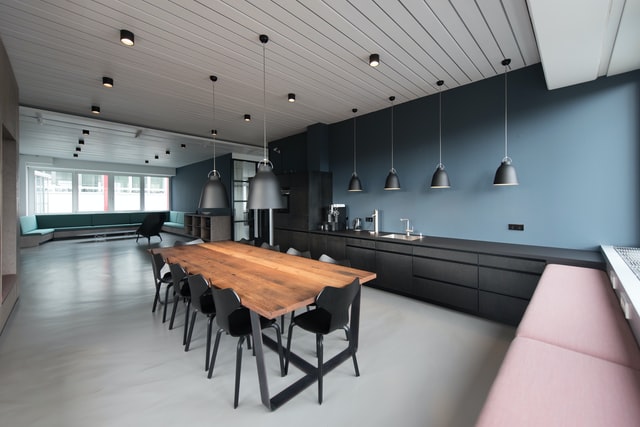Co-living and co-housing are two types of housing arrangements that may be confused. Both are types of “intentional communities” — that is, communities in which the residents share some or all of the space. There are important distinctions in how that space is shared, though, outlined in July/August 2020 edition of NAR’s SRES newsletter.
In a co-living arrangement, all residents share a single dwelling, and the residents are not relatives. Each resident will normally have a private bedroom and possibly a private bathroom. The rest of the rooms are communal, including the kitchen, dining room, living room, and laundry area. This will be familiar to college students living in dorms, but it’s also a potentially beneficial housing arrangement of seniors who may not be able to afford their own housing space or may need assistance.
Co-housing communities, on the other hand, are more private, and likely more expensive. Each party in a co-housing situation may or may not be a single individual; they could be couples or families as well. In any case, the living unit is not shared with other parties, and no room inside the dwelling is communal. Instead, the communal space all exists outside the dwelling, in the form of activity rooms, pools, meeting rooms, or similar such areas.
Photo by Nastuh Abootalebi on Unsplash
